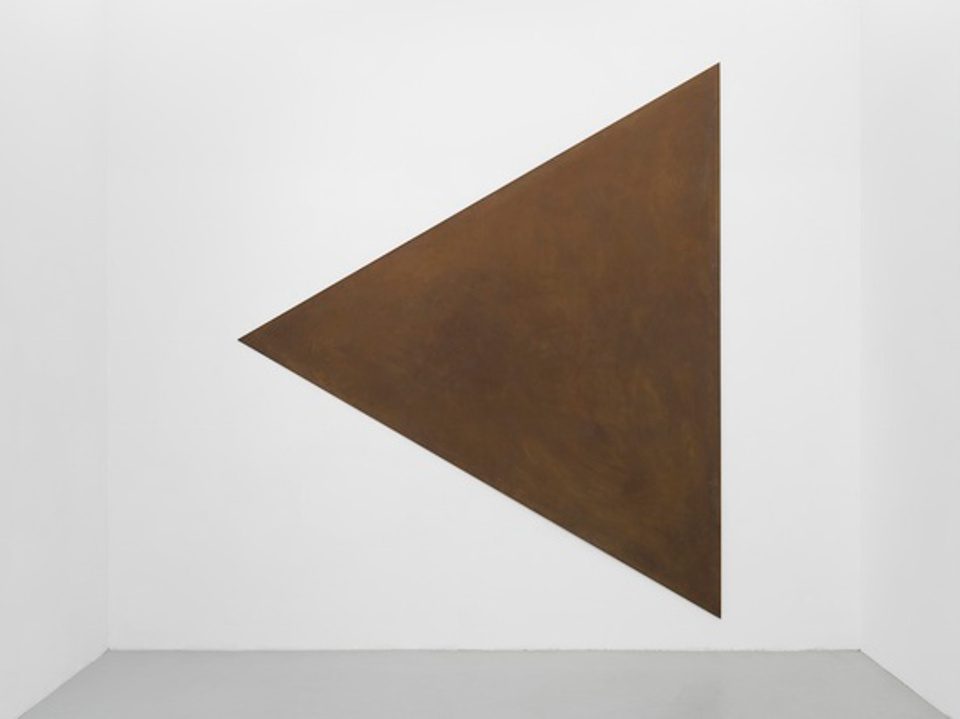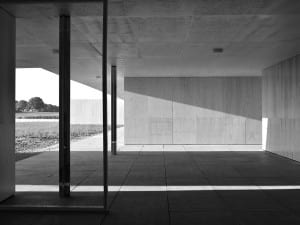The themes of fragility, vulnerability and protection draw together selected works from nine artists in this group exhibition at Hauser & Wirth London. Spanning 60 years of practice, the artists featured are Louise Bourgeois, Alexander Calder, Isa Genzken, Robert Gober, Eva Hesse, Roni Horn, Gordon Matta-Clark, Fausto Melotti and Richard Serra. What they share is both an innate sympathy towards architecture and a preoccupation with materiality; each exploits the properties of their chosen materials – whether that be reflection, transparency or malleability – in pursuit of a mastery of form and space.
Maisons Fragiles (1978), the keynote piece that lends its name to the exhibition, confronts the deeply repressed issues that conditioned Bourgeois’s youth, and represents an exploration of the artist’s psyche. For Bourgeois, architecture functioned as a personification of the human condition. The legs of the sculpture evoke the confines of a house, while the empty interior speaks to the solitude of domestic life. Despite their fragile appearance, the structures are rendered in steel, endowing them with a strength and resilience that appears, at first glance, to be lacking.
Bourgeois deals with notions of psychological fragility, fluctuating mental states, fluid definitions of identity, the subjectivity of memory and the precarious nature of human relationships. Such themes are also apparent in Horn’s Two Pink Tons (2008) for example, which plays with the disjunction between the physical properties of glass and the pictorial illusions of its presence. Slightly bowed like liquid under tension, the sculpture appears as two pools of water fixed in time and space. As the sculptures’ appearance shifts, the viewer becomes aware of their own state of mutability and becoming.
A diversity of materials expresses the exhibition’s central themes; the delicate papier-mâché works of Hesse take the form of geometric cubes, underscoring her interest in the psychological experience of domestic space. By contrast Genzken’s concrete sculptures are like Brutalist architectural models, with rough-hewn shells of empty buildings. It is a body of work that represents an almost obsessive sensitivity towards the relationship of individuals to their sculptural surroundings.
Maisons Fragiles, until 6 February, Hauser & Wirth, 23 Savile Row, London W1S 2ET.
Find out more: www.hauserwirth.com.
Follow us on Twitter @AestheticaMag for the latest news in contemporary art and culture.
Credits
1. Richard Serra, Untitled, 1975. Corten steel equilateral triangle, 335 cm/132 inches length of each side of the triangle; depth 0.6 cm / 1/4 in. © ARS, NY and DACS, London 2015.





